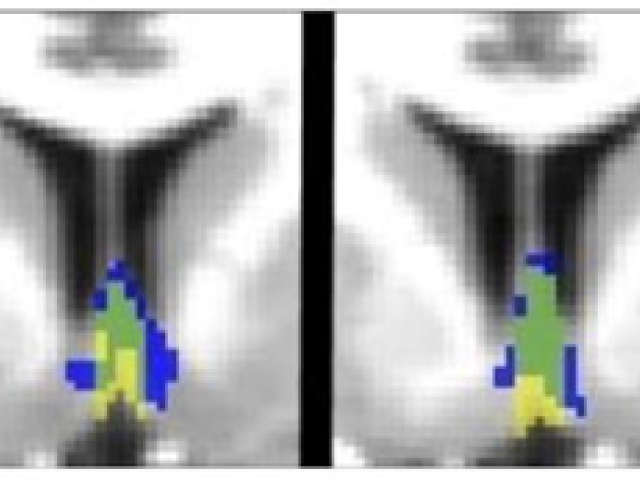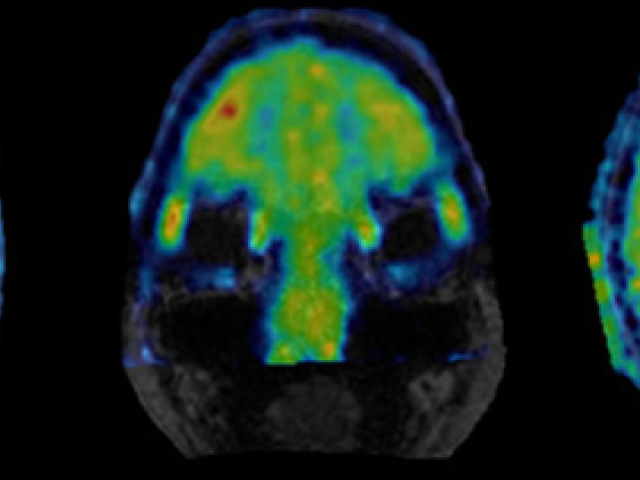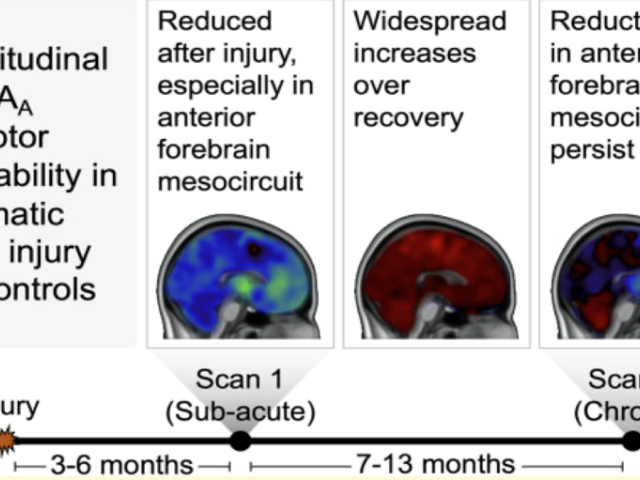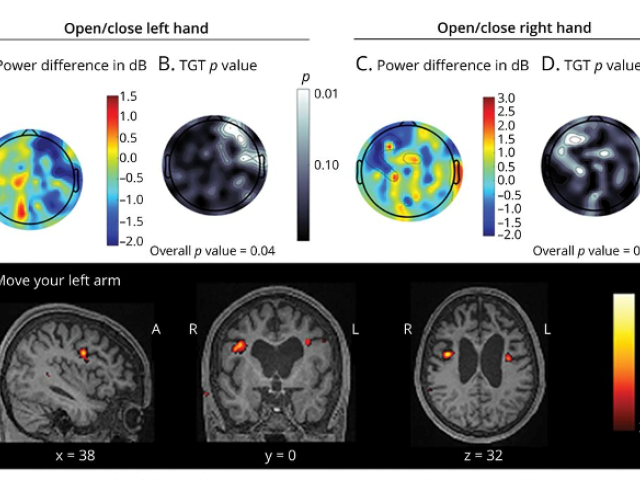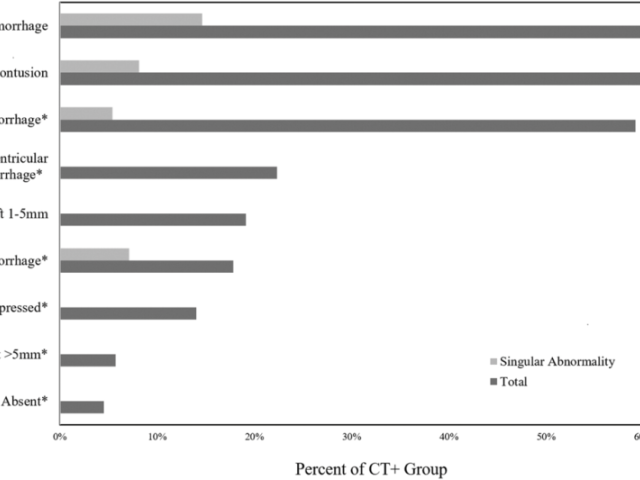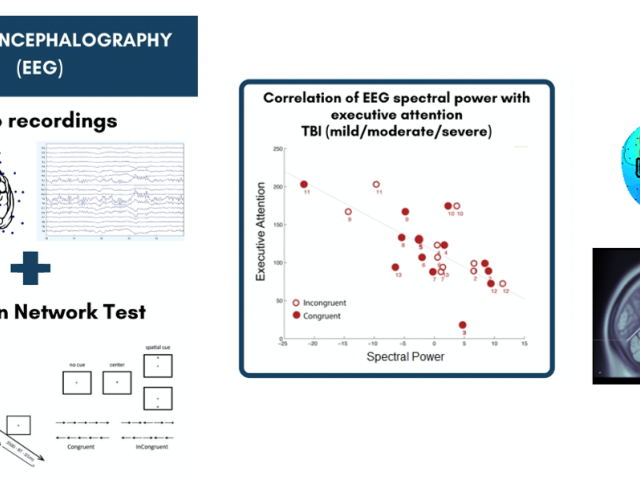Human septal nuclei
Septal nuclei, located in the anterior basal forebrain, exert strong control over hippocampal function and are critical for memory in animal models, yet remain understudied in humans. Until very recently, septal nuclei were not included in any of the standard neuroanatomic templates commonly used to interpret neuroimaging studies. We therefore developed and validated a new magnetic resonance...
Biomarkers of neurodegeneration in women who have experienced repetitive traumatic brain injury due to intimate partner violence
This pilot project will assess positron emission tomography (PET) and magnetic resonance imaging (MRI) biomarkers of neurodegeneration in female victims of intimate partner violence (IPV) with and without TBI. The goal is to begin to investigate risk Alzheimer's disease (AD) and chronic traumatic encephalopathy (CTE) in this highly vulnerable and medically underserved population. While intense...
PET imaging of neuroinflammation
Inflammation is a vital, complex process by which certain cells or tissues identified by the immune system as abnormal (e.g., foreign, damaged or dead) can be repaired or removed to facilitate continued survival of remaining cells and the organism. Excessive or dysregulated inflammation can be harmful, especially in the brain We uses Positron emission tomography to assess inflammation in aging...
The Sleep MRI Study
This project monitors brain function changes during sleep, including perivascular space, brain perfusion, cerebral vascular pulsation, and magnetic resonance imaging (MRI)-compatible electroencephalogram (EEG).
Hypertension, brain clearance, and markers of neurodegeneration
Awards and Awards: R01, National Institutes of Health (NIH)Reduced clearance of brain waste has emerged as a possible factor underlying neurodegeneration. Although it has long been hypothesized that vascular conditions may reduce the brain’s clearance capacity (through reduced cerebral blood flow (CBF), and diminished vascular pulsations), there is no direct evidence in humans supporting the...
Mapping the brain’s energy landscape in altered states
Utilizing multi-modal neuroimaging techniques including fluorescence magnetic resonance imaging (fMRI), diffusion MRI (dMRI), and positron emission tomography (PET), the lab is applying new methods in network control theory to understand the influence of structure on the progression of functional brain activity, and how that relationship is altered by cognition, pharmacology, stimulation,...
Altered network integrity underlying executive attention impairments following traumatic brain injury
The overall objective of this project is to determine the functional integrity of the anterior forebrain mesocircuit (medial frontal cortex, striatum and central thalamus) using a novel tool [11C] flumazenil (FMZ). FMZ binding in the brain reports both neuronal structural and functional integrity. The rationale underlying the proposed research is that quantitative measurements of neuronal...
Objective markers for cognitive function following pediatric brain injury
Acquired brain injury is a leading cause of death and disability among children and adolescents, and cognitive impairment is the most persistent and distressing sequela. For children with co-occurring impairment of oromotor, oculomotor, gross and fine motor function, assessment of emerging and residual cognitive function is extremely challenging; current measures of cognition in this pediatric...
Pediatric Brain Injury Consortium
Recognizing the specific and unmet global need for expanding research in pediatric brain injury outcomes, Dr. Shah has co-directed (with Dr. Stacy Suskauer) the creation of the Pediatric Brain Injury Consortium since 2019 (eight pediatric rehabilitation facilities in the U.S.). The goals of the Pediatric Brain Injury Consortium are to: (1) characterize the demographics and clinical course; (2)...
Central thalamic stimulation for traumatic brain injury
Award or Grant: National Institutes of Health (NIH)/Brain Research Through Advancing Innovative Nanotechnologies (BRAIN) InitiativeThis is a multi-center collaborative grant (Weill Cornell Medicine, Stanford University, Harvard University/Spaulding Rehabilitation Hospital, Cleveland Clinic, University of Utah) that aims to carry out a first-in-man feasibility study of central thalamic deep brain...



